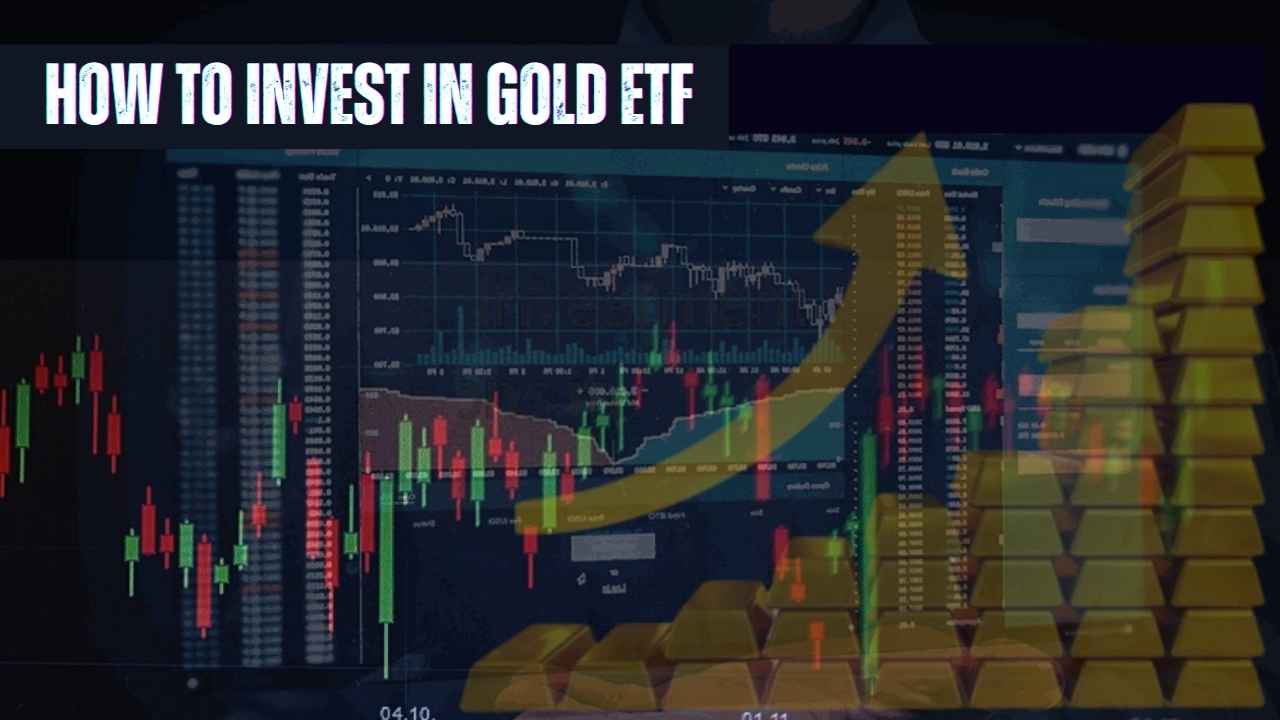Gold Exchange-Traded Funds (ETFs) enable investors to invest in physical gold without direct handling of the metal. ETFs are listed on stock exchanges like equities, need a Demat and trading account, and reflect gold’s market price through 99.5% pure gold bar holdings. ETFs bring the liquidity of trading in equities together with gold’s inflation-hedging characteristics at low costs, providing low-cost diversification and hassle-free execution through online brokerage platforms.

What Is a Gold ETF?
Gold ETFs are open-ended schemes that invest solely in physical gold or gold-backed instruments under SEBI regulations (Securities and Exchange Board of India). Every unit carries a stated quantity of gold, usually one gram, held in safe vaults. Prices change in real time on the National Stock Exchange (NSE) and Bombay Stock Exchange (BSE), capturing gold’s demand-supply pattern.
Benefits of Investing in Gold ETFs
- Convenience and Liquidity: ETFs trade like stocks, enabling instant buy/sell orders during market hours without storage concerns.
- Cost Efficiency: Lower expense ratios compared to physical gold’s storage, insurance, and making charges.
- Purity and Transparency: Backed by 99.5% pure gold, with prices linked directly to global benchmarks.
- Tax Advantages: Classified as ‘Specified Mutual Funds’ for capital gains, offering favourable tax treatment compared to physical gold.
- Portfolio Diversification: Low correlation with equities and bonds, acting as an effective hedge against inflation and market volatility.
How to Invest in Gold ETFs
1. Open a Trading and Demat Account
Begin by selecting a SEBI-registered broker and opening a linked trading and Demat account, which is mandatory for ETF transactions.
2. Research and Select a Gold ETF
Compare schemes based on tracking error, expense ratio, and AUM. Popular options include SBI Gold ETF, HDFC Gold ETF, and Mirae Asset Gold ETF.
3. Place the Order
Log in to your broker’s web portal, search the ticker symbol of the ETF (e.g., “GOLDBEES” for Nippon India ETF), enter quantity or investment value, and place a market or limit order.
4. Monitor Your Investment
Monitor your holding via your Demat statement and the real-time price chart of the ETF. Rebalance at regular intervals in line with your investment objective and risk profile.
5. Exit Strategy
Sell units of an ETF at the exchange once your investment horizon or target price is met. Funds are credited to your trading account after the transaction, excluding brokerage charges and GST.
Choosing the Right Platform
- Brokerage Charges: Look for zero-commission brokers or minimal trading fees to preserve returns.
- User Interface & Research Tools: Platforms like Groww, Zerodha, and ICICI Direct offer intuitive apps and gold price alerts.
- Customer Support: Ensure prompt assistance for KYC, order placement, and Demat issues.
Cost and Taxation
- Expense Ratio: Typically 0.15%–0.40%, covering management and custodial fees .
- Brokerage & GST: Pay brokerage per trade plus 18% GST on brokerage fees.
- Capital Gains Tax: Short-term (<3 years) taxed at slab rate; long-term (>3 years) at 20% with indexation. No wealth tax applies.
Final Thought
Gold ETFs provide a smooth, safe, and affordable way to add gold to your portfolio, harnessing the metal’s inflation-hedging attributes along with the ease of electronic trading. By selecting an established broker, reviewing ETF data, and adhering to discipline in execution and surveillance, investors can effectively diversify and protect their wealth against market volatility.











FF